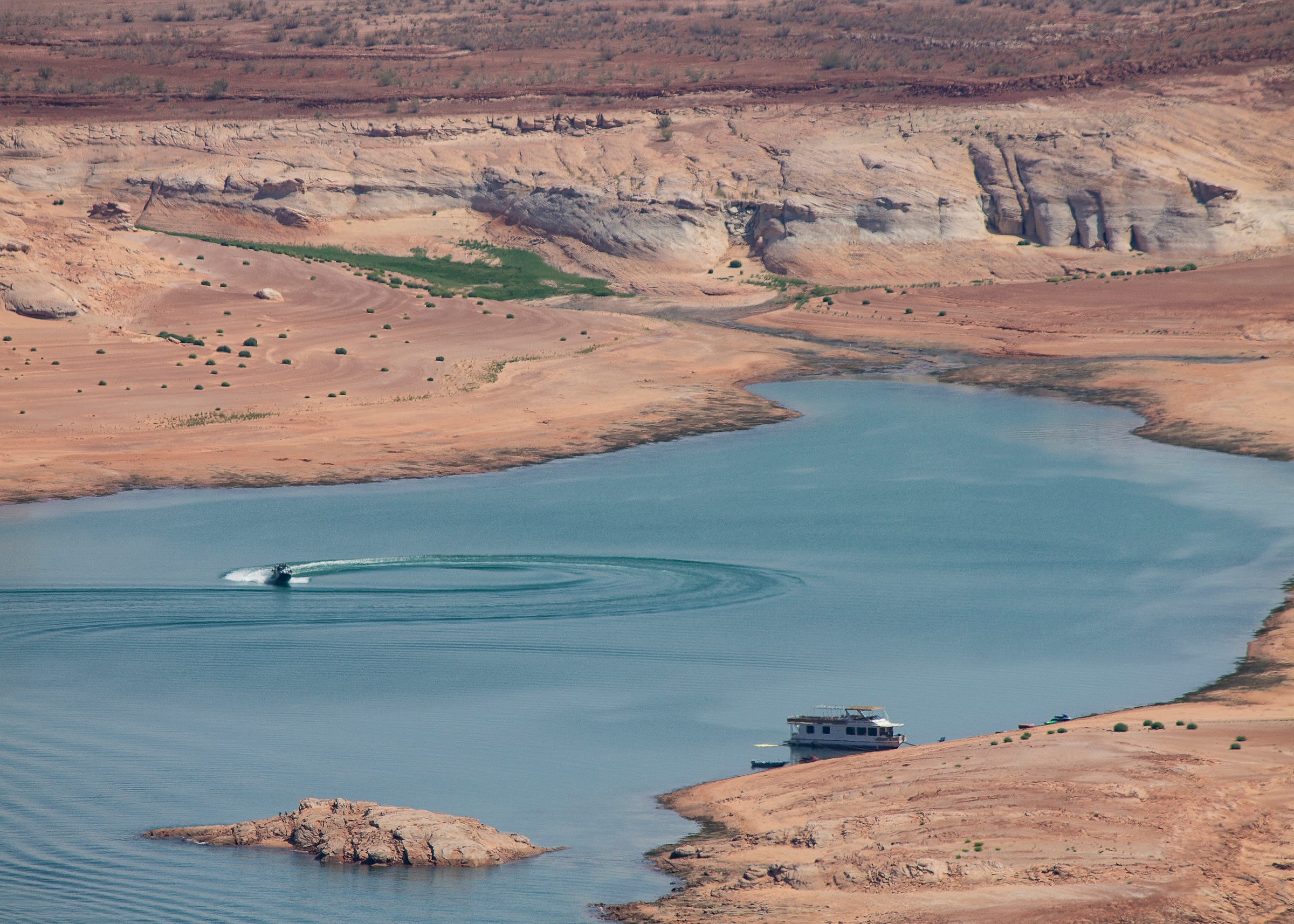As the Colorado River shrinks, desert towns grow
Kanab gets a bunch of new development, Imperial Irrigation District scoffs at farmland solar
🥵 Aridification Watch 🐫

If Lake Powell is like a big thermometer gauging the hydrologic health of the Upper Colorado River Basin, then it’s running a high fever.
In one case, the fever analogy is a bi…


